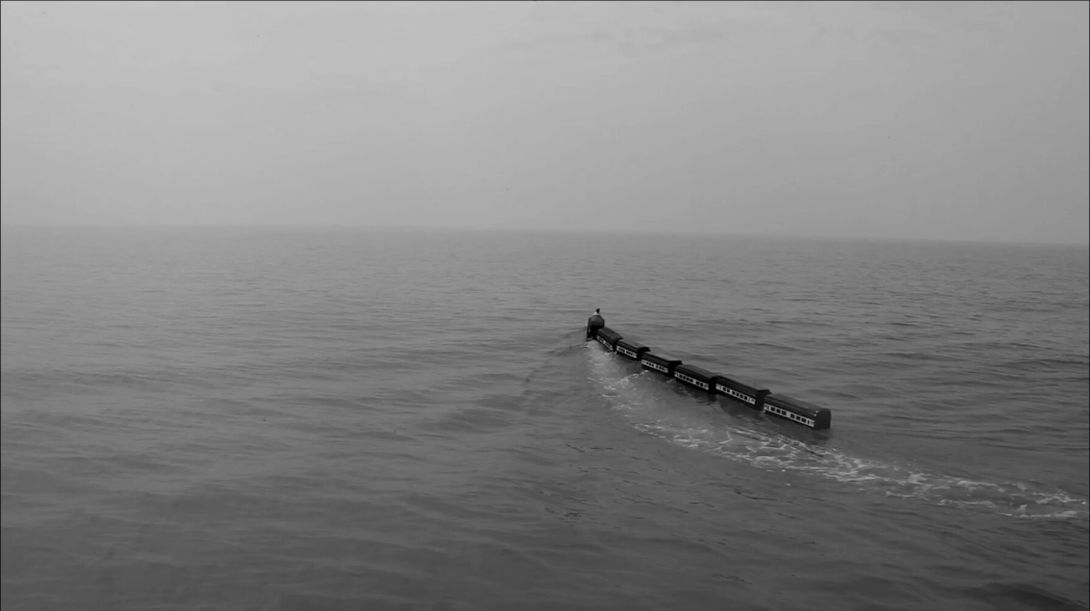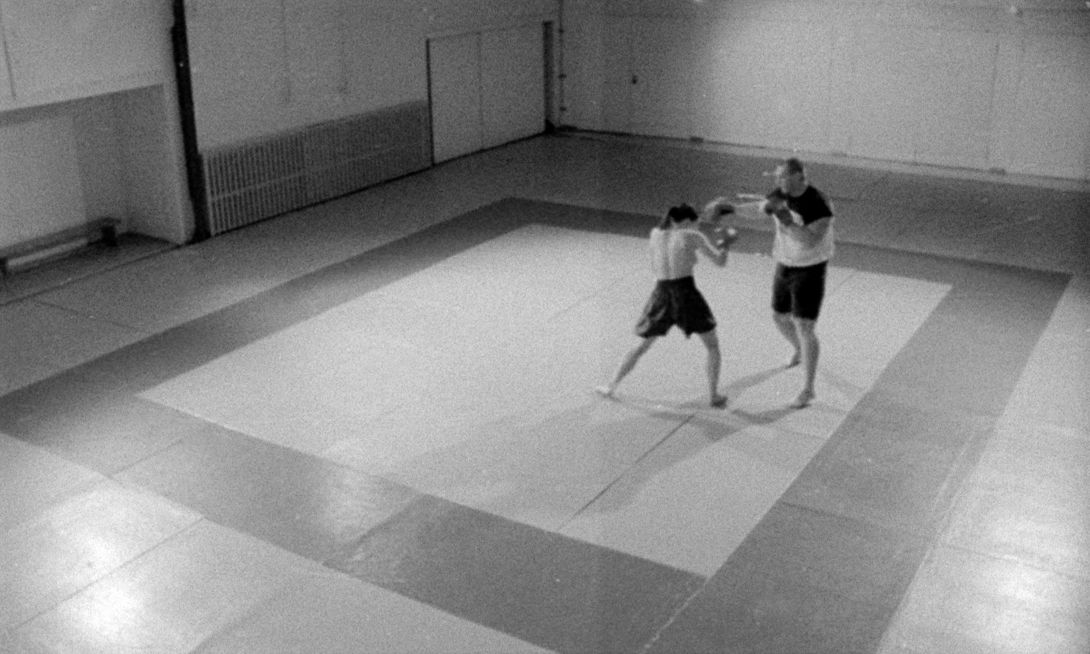Artists: Carl Andre, Giovanni Anselmo, Richard Artschwager, Thomas Bang, Jared Bark, Robert Barry, Joseph Beuys, Alighiero Boetti, Mel Bochner, Marinus Boezem, Bill Bollinger, Michael Buthe, Pier Paolo Calzolari, Paul Cotton, Hanne Darboven, Walter de Maria, Jan Dibbets, Ger van Elk, Rafael Ferrer, Barry Flanagan, Ted Glass, Hans Haacke, Michael Heizer, Eva Hesse, Douglas Huebler, Paolo Icaro, Alain Jacquet, Neil Jenney, Stephen Kaltenbach, Jo Ann Kaplan, Edward Kienholz, Yves Klein, Joseph Kosuth, Jannis Kounellis, Gary B. Kuehn, Sol LeWitt, Bernd Lohaus, Richard Long, Roelof Louw, Bruce McLean, David Medalla, Mario Merz, Robert Morris, Bruce Nauman, Claes Oldenburg, Dennis Oppenheim, Panamarenko, Pino Pascali, Paul Pechter, Michelangelo Pistoletto, Emilio Prini, Markus Raetz, Allen Ruppersberg, Reiner Ruthenbeck, Robert Ryman, Frederick Lane Sandback, Alan Saret, Sarkis, Jean-Frédéric Schnyder, Richard Serra, Robert Smithson, Keith Sonnier, Richard Tuttle, Frank Lincoln Viner, Franz Erhard Walther, William G. Wegman, Lawrence Weiner, William T. Wiley, Gilberto Zorio … “When Attitudes Become Form” at Kunsthalle Bern, 1969



